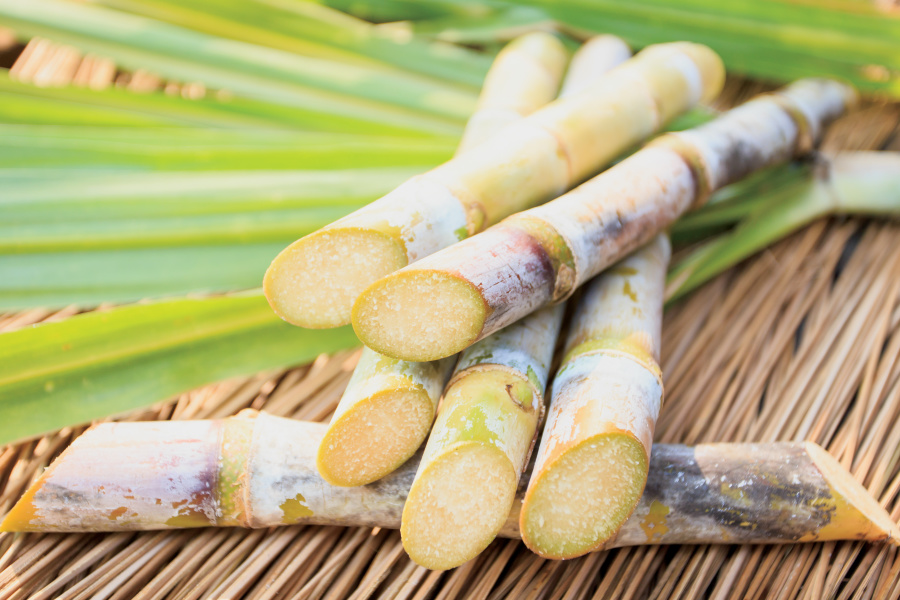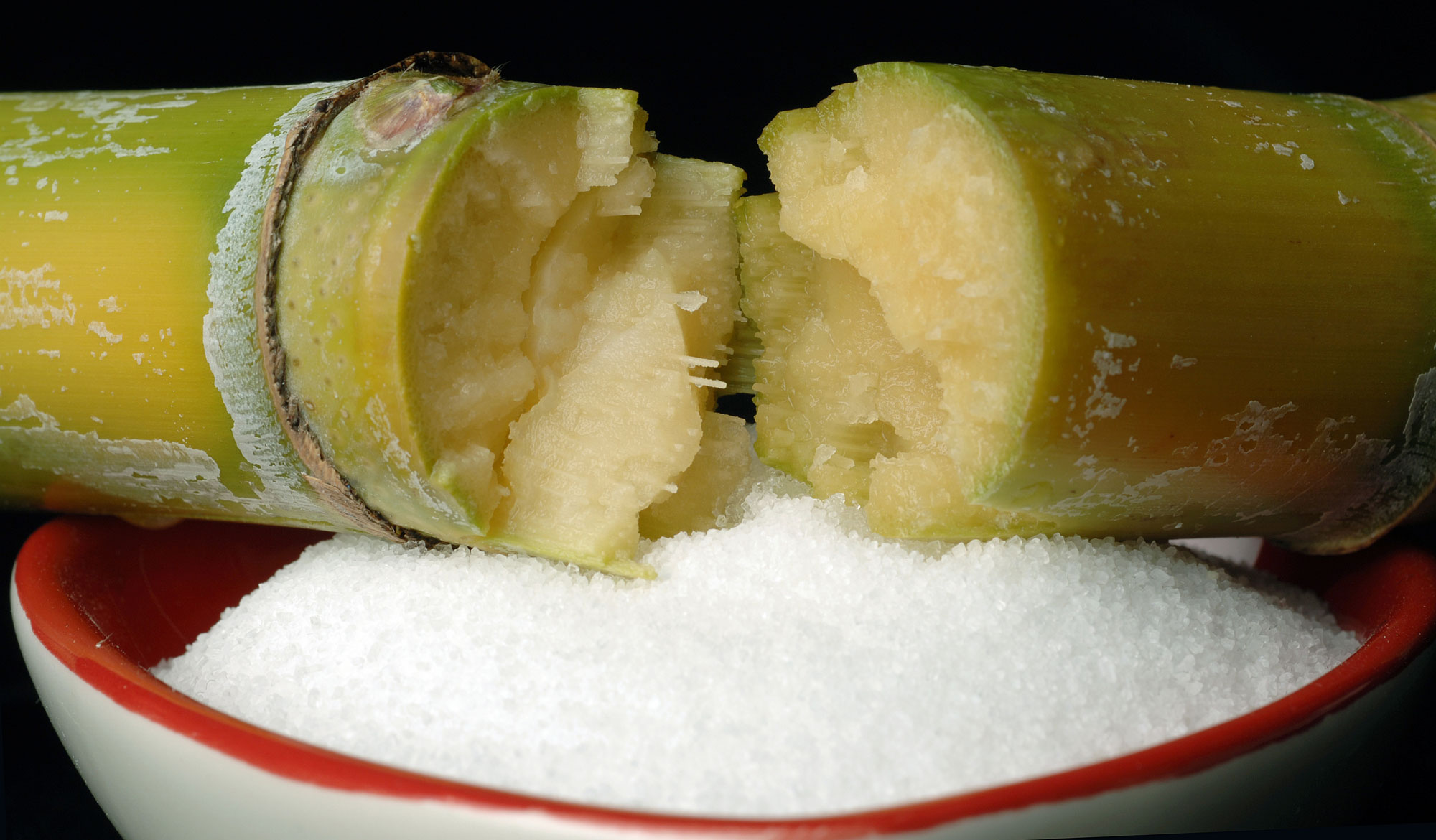How Sugar and Cane Affect Your Taste Buds and Cooking Experience
How Sugar and Cane Affect Your Taste Buds and Cooking Experience
Blog Article
Taking Full Advantage Of Sugar Production With Effective Walking Stick Sugar Handling Chemicals
The optimization of sugar production via the strategic usage of cane sugar handling chemicals is a crucial location of emphasis for producers aiming to improve yield and high quality. Efficient application of making clear agents, flocculants, and enzymes can significantly affect removal performance and juice clearness, yet the intricacies of their communications require cautious consideration. Understanding the nuances of these chemicals not just advertises conformity with industry requirements but also aligns with sustainability objectives. As the industry advances, what innovative practices and arising patterns will form the future of sugar processing?
Value of Processing Chemicals
Processing chemicals play a critical role in the manufacturing of walking cane sugar, boosting both effectiveness and high quality throughout the manufacturing process. These chemicals are used at various stages, including purification, clarification, and extraction, to maximize the yield and pureness of the end product - sugar and cane. By assisting in the failure of plant cell walls, processing chemicals ensure a more efficient extraction of sucrose from sugarcane, thus increasing overall production effectiveness
Moreover, using processing chemicals help in the removal of impurities such as dirt, waxes, and non-sugars that can negatively influence the high quality of the sugar. This causes a much more polished and crystal-clear item, which is vital for fulfilling sector requirements and consumer assumptions. In addition, these chemicals can aid support the sugar during storage space, preventing destruction and preserving its quality gradually.
The strategic application of processing chemicals also adds to environmental sustainability by minimizing waste and enhancing resource performance. By optimizing removal rates and minimizing impurities, producers can achieve higher earnings while sticking to ecological guidelines. On the whole, the importance of handling chemicals in walking cane sugar production can not be understated, as they are crucial for attaining optimum cause both yield and top quality.
Types of Walking Stick Sugar Processing Chemicals
A variety of chemicals are employed in the handling of walking cane sugar, each offering details features to boost manufacturing effectiveness and product quality. Amongst the most usual types are making clear representatives, that include lime and phosphoric acid. These chemicals aid eliminate contaminations and facilitate the explanation of juice during the extraction process.
Another essential category contains flocculants and coagulants, such as polyacrylamide and gelatin, which aid in the load of put on hold fragments, hence boosting the purification of sugar juices. Additionally, sulfur dioxide is often used as a lightening representative, assisting in the removal of colorants while protecting the desired flavor account.
Acids, like citric and acetic acid, are important for pH change, advertising ideal conditions for enzymatic reactions and improving general sugar recuperation. Antifoaming representatives, such as polydimethylsiloxane, are used to mitigate foam formation throughout steaming procedures, making certain smooth procedures.

Advantages of Effective Chemical Usage
Making use of chemicals successfully in walking stick sugar processing returns substantial advantages that enhance both production efficiency and product top quality. The proper use processing chemicals can result in improved extraction prices, allowing suppliers to take full advantage of the return from raw walking stick sugar. Improved extraction not just minimizes waste but additionally maximizes source utilization, adding to cost savings.
In addition, effective chemical application aids in the information and purification phases, resulting in a higher-quality final result. This is critical for satisfying consumer expectations and governing standards, as contaminations can influence preference, shade, and overall bankability. The usage of particular flocculants and clarifying representatives can accelerate the removal of contaminations, making certain a clearer syrup and, inevitably, granulated sugar.
Additionally, the appropriate chemicals can boost the stability of the sugar during storage and transport, decreasing the threat of perishing and maintaining quality. This stability is necessary for preserving product integrity in an open market. Overall, the strategic application of handling chemicals not only enhances procedures but also boosts the final product, making certain that producers can provide high-grade walking cane sugar successfully and sustainably.
:max_bytes(150000):strip_icc()/ms-sugar-getty-cfed0662acca49f7b6e52c593767dfb9.jpg)
Best Practices for Application
Executing best techniques for the application of chemicals in cane sugar processing can considerably optimize outcomes and enhance overall efficiency. Initially, it is necessary to conduct a comprehensive analysis of the sugarcane high quality and the particular handling needs to determine the proper chemical formulas. This tailored approach makes certain that chemicals are used effectively and decreases waste.
Proper dosage check this is an additional important element; adherence to supplier guidelines is critical in achieving desired end results without over-application, which can cause negative environmental impacts and enhanced costs. Regular calibration of application equipment is necessary to ensure exact circulation and consistent insurance coverage of chemicals.
Furthermore, timing of application plays a vital function. sugar and cane. Chemicals need to be used at optimal stages of the handling cycle, such as during removal or explanation, to maximize their effectiveness. Monitoring the processing conditions, including temperature level and pH levels, can even more improve chemical performance
Last but not least, training employees on safety procedures and operational procedures is vital. By promoting a society of safety and conformity, facilities can alleviate dangers associated with chemical handling while making certain optimal chemical application for better sugar yield and top quality.
Future Trends in Sugar Handling
As the walking stick sugar industry progresses, several future patterns are positioned to improve processing techniques and improve sustainability. One considerable trend is the increasing adoption of automation and electronic technologies, which enhance operations and boost performance. Advanced analytics and artificial intelligence algorithms can enhance processing parameters, causing lowered waste and higher sugar yields.
Furthermore, the integration of renewable energy sources into sugar processing facilities is on the rise. Utilizing biomass energy from sugarcane spin-offs not just decreases the carbon footprint but additionally lowers functional prices. This shift lines up with global sustainability goals and enhances the market's resilience versus rising and fall power rates.

In addition, the formula of greener processing chemicals is gaining traction. Makers are establishing safe and biodegradable options that maintain efficacy while minimizing environmental impact - sugar and cane. This pattern not only addresses governing stress but likewise meets consumer demands for lasting practices
Conclusion
The reliable application of cane sugar processing chemicals is important to making best use of sugar manufacturing. By using making clear representatives, flocculants, and enzymes, manufacturers can significantly enhance extraction rates and improve juice clearness, this post eventually resulting in higher yields and exceptional product quality. Sticking to best practices in chemical use not only promotes sustainability and lowers waste however also placements producers to satisfy progressing industry standards. Constant advancement and adjustment in processing techniques will be important for future innovations in sugar production.

Report this page